Security News
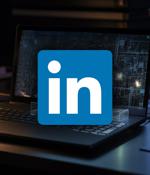
LinkedIn users are being targeted in an ongoing account hijacking campaign, are getting locked out of their accounts; the hacked accounts are held for ransom.Users discussing their compromised LinkedIn accounts.
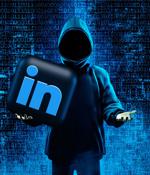
LinkedIn is being targeted in a wave of account hacks resulting in many accounts being locked out for security reasons or ultimately hijacked by attackers. As reported today by Cyberint, many LinkedIn users have been complaining about the account takeovers or lockouts and an inability to resolve the problems through LinkedIn support.

Microsoft has warned investors about a "Non-public" draft decision by Irish regulators against LinkedIn for allegedly dodgy ad data practices, explaining it had set aside some cash to pay off any potential fine. The software giant said the funds were connected to a 2018 investigation by the Irish Data Protection Commission looking into whether LinkedIn's targeted advertising practices violated the the European Union's General Data Protection Regulation.

As Elon Musk tears at Twitter's credibility by demanding businesses and individuals pay for their blue verification checks, Microsoft is pushing ts own free digital ID technology to companies and their employees on LinkedIn. Verified ID is a managed identify verification service that is part of Microsoft's Entra product portfolio, an umbrella unit created last year that covers all of the vendor's identity and access capabilities.
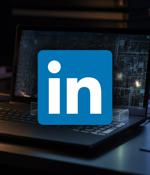
To combat the surge of fake LinkedIn accounts in recent years, Microsoft has introduced Entra Verified ID, a new feature that allows users to verify their workplace on the business-focused social media platform. "As the credential holder, the employee can decide to share their credential with apps and websites, such as LinkedIn. Then the verifier can cryptographically authenticate that the digital employee ID is genuine and was issued by the place of work the employee claims. This approach represents a more secure, convenient, and trustworthy way to verify digital information at scale."

A suspected North Korean hacking group is targeting security researchers and media organizations in the U.S. and Europe with fake job offers that lead to the deployment of three new, custom malware families. Mandiant says the particular group has previously targeted tech firms, media groups, and entities in the defense industry.
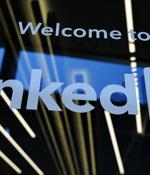
LinkedIn has introduced three new features to fight fake profiles and malicious use of the platform, including a new method to confirm whether a profile is authentic by showing whether it has a verified work email or phone number. Over the past couple of years, LinkedIn has become heavily abused by threat actors to initiate communication with targets to distribute malware, perform cyberespionage, steal credentials, or conduct financial fraud.

Microsoft has claimed a North Korean crew poses as LinkedIn recruiters to distribute poisoned versions of open source software packages. Dubbed "ZINC", the threat actors have previously run long-term phishing schemes targeting media, defence and aerospace, and IT services organizations in the US, UK, India, and Russia.
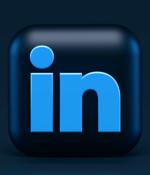
Phishing actors are abusing LinkedIn's Smart Link feature to bypass email security products and successfully redirect targeted users to phishing pages that steal payment information.Smart Link is a feature reserved for LinkedIn Sales Navigator and Enterprise users, allowing them to send a pack of up to 15 documents using a single trackable link.
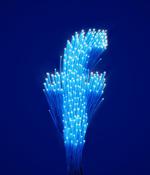
A new phishing campaign codenamed 'Ducktail' is underway, targeting professionals on LinkedIn to take over Facebook business accounts that manage advertising for the company. The threat actor reaches out to employees on LinkedIn who could have Facebook business account access, for example, people listed as working in "Digital media" and "Digital marketing" as their roles.